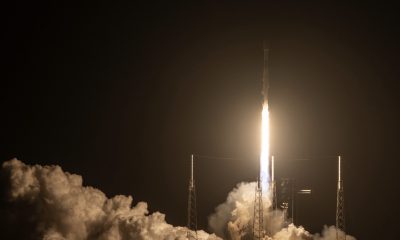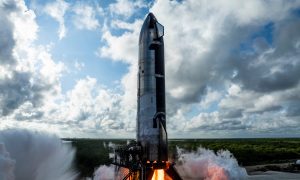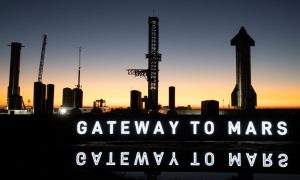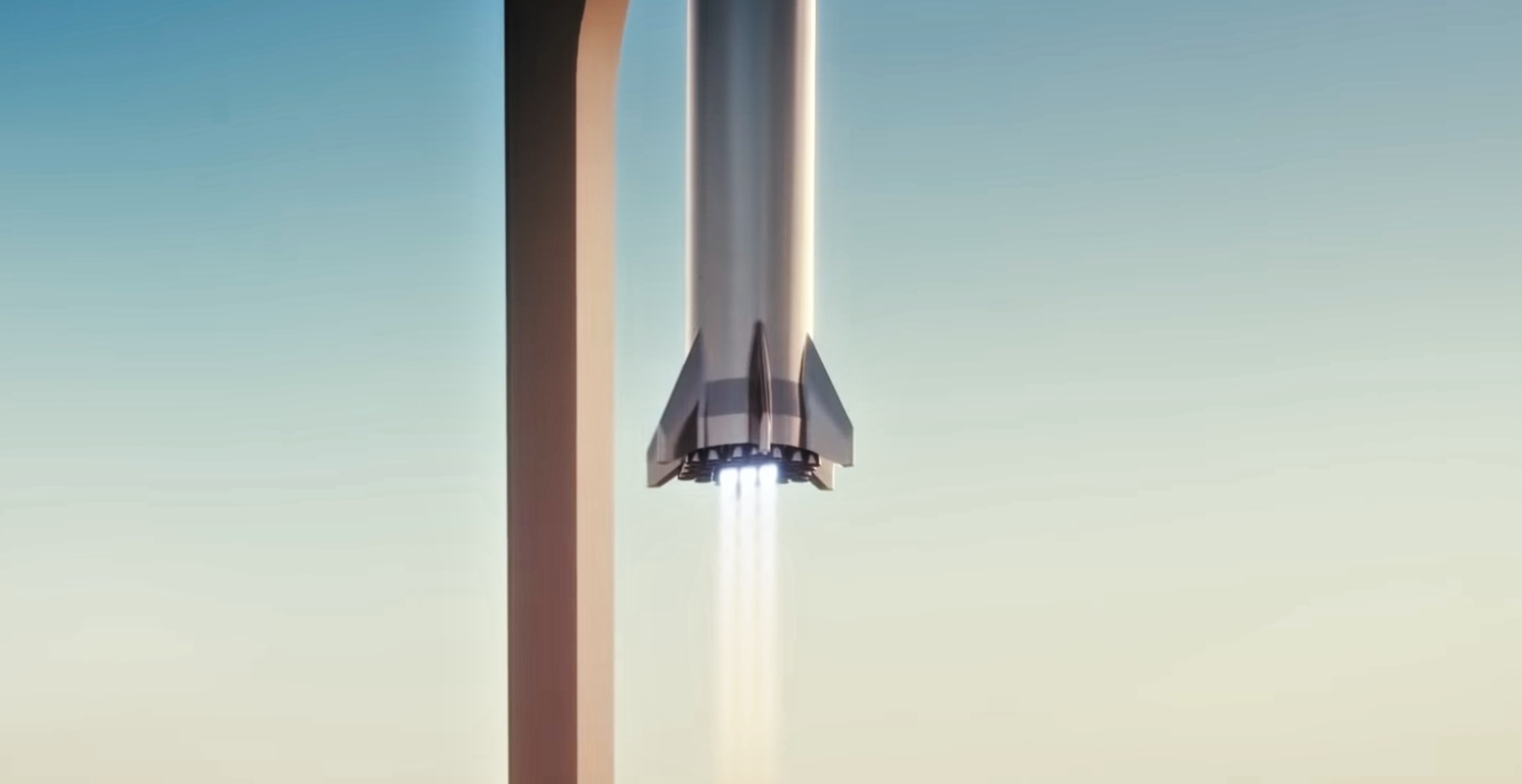

News
SpaceX Starship boosters could forgo landings entirely, says Elon Musk
SpaceX CEO Elon Musk says that Starship’s Super Heavy boosters could forgo landings entirely, relying instead on a wild crane-based solution to recover the world’s largest rocket stage.
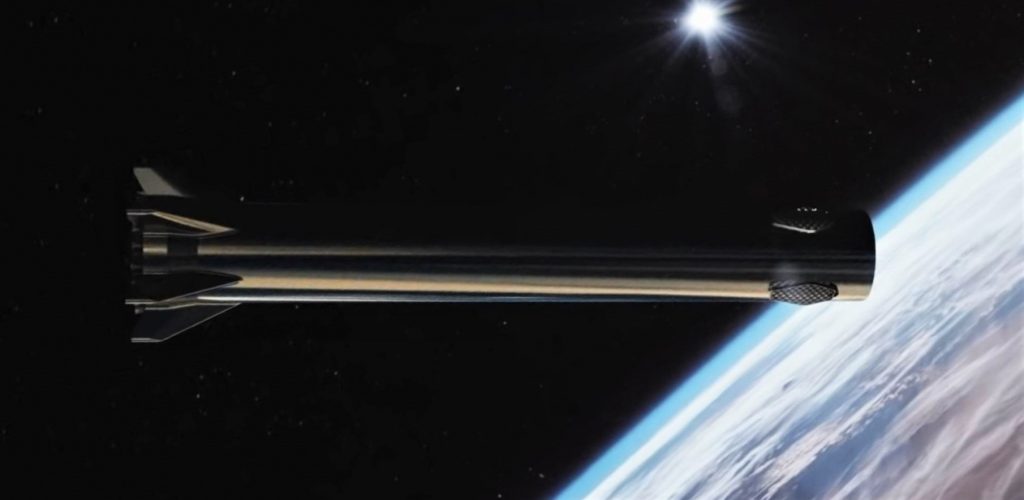
As previously discussed on Teslarati, the Super Heavy booster tasked with carrying a ~1400-ton (~300,000 lb) Starship around 25% of the way to orbit will be the largest rocket stage ever built – and by a large margin.
“Standing about as tall as an entire two-stage Falcon 9 rocket at 70 meters (230 ft) tip to tail, the Super Heavy booster tasked with getting Starship about a quarter of the way to orbit will be the largest rocket stage ever built. Outfitted with up to 28 Raptors capable of producing more than ~7300 metric tons (~16.2 million lbf) of thrust at liftoff, Super Heavy will also be the most powerful rocket ever built, respectively outclassing Saturn V and SpaceX’s own Falcon Heavy by a factor of more than two and three.”
Teslarati.com – December 29th, 2020
Prior to today, December 30th, SpaceX’s plan was to more or less recover Super Heavy boosters in a similar fashion to Falcon 9 and Falcon Heavy, landing them either far downrange on an ocean-based platform or returning to touch down as close as possible to the launch pad. Ever since the first iteration of SpaceX’s Mars rocket was publicly revealed in 2016, SpaceX and CEO Elon Musk have also maintained a consistent desire to land Super Heavy boosters directly on top of the launch mount after a great deal of refinement.
Launch mount recovery would require unprecedented precision and accuracy and add a new element of risk or a need for extraordinarily sturdy pad hardware. However, the benefits would be equally significant, entirely eliminating the need for expensive recovery assets, time-consuming transport, and even the time it would take to crane Super Heavy boosters back onto the launch mount from a pad-adjacent landing zone.
Instead, Musk says that SpaceX might be able to quite literally catch Super Heavy in mid-air, grabbing the booster before it can touch the ground by somehow slotting an elaborate “launch tower arm” underneath its steel grid fins. Although such a solution sounds about as complex and risky as it gets, it would technically preclude the need for any and all booster recovery infrastructure – even including the legs Super Heavy would otherwise need.
Saves mass & cost of legs & enables immediate repositioning of booster on to launch mount — ready to refly in under an hour— Elon Musk (@elonmusk) December 30, 2020
While true, catching Super Heavy by its grid fins would likely demand that control surfaces and the structures they attach to be substantially overbuilt – especially if Musk means that the crane arm mechanism would be able to catch anywhere along the deployed fins’ 7m (23 ft) length. Even more importantly, it seems extraordinarily unlikely that such a complex and unproven recovery method could be made to work reliably on the first one or several tries, implying that early boosters will still need some kind of rudimentary landing legs.
In other words, much like direct-to-launch-mount landings, mid-air-crane-catch recovery is probably not a feature expected to debut on Super Heavy v1.0.
News
SpaceX expands Starlink constellation amid surging global demand
SpaceX launched Starlink 6-93, adding 28 satellites to its vast constellation. Starlink’s global role is only expanding.
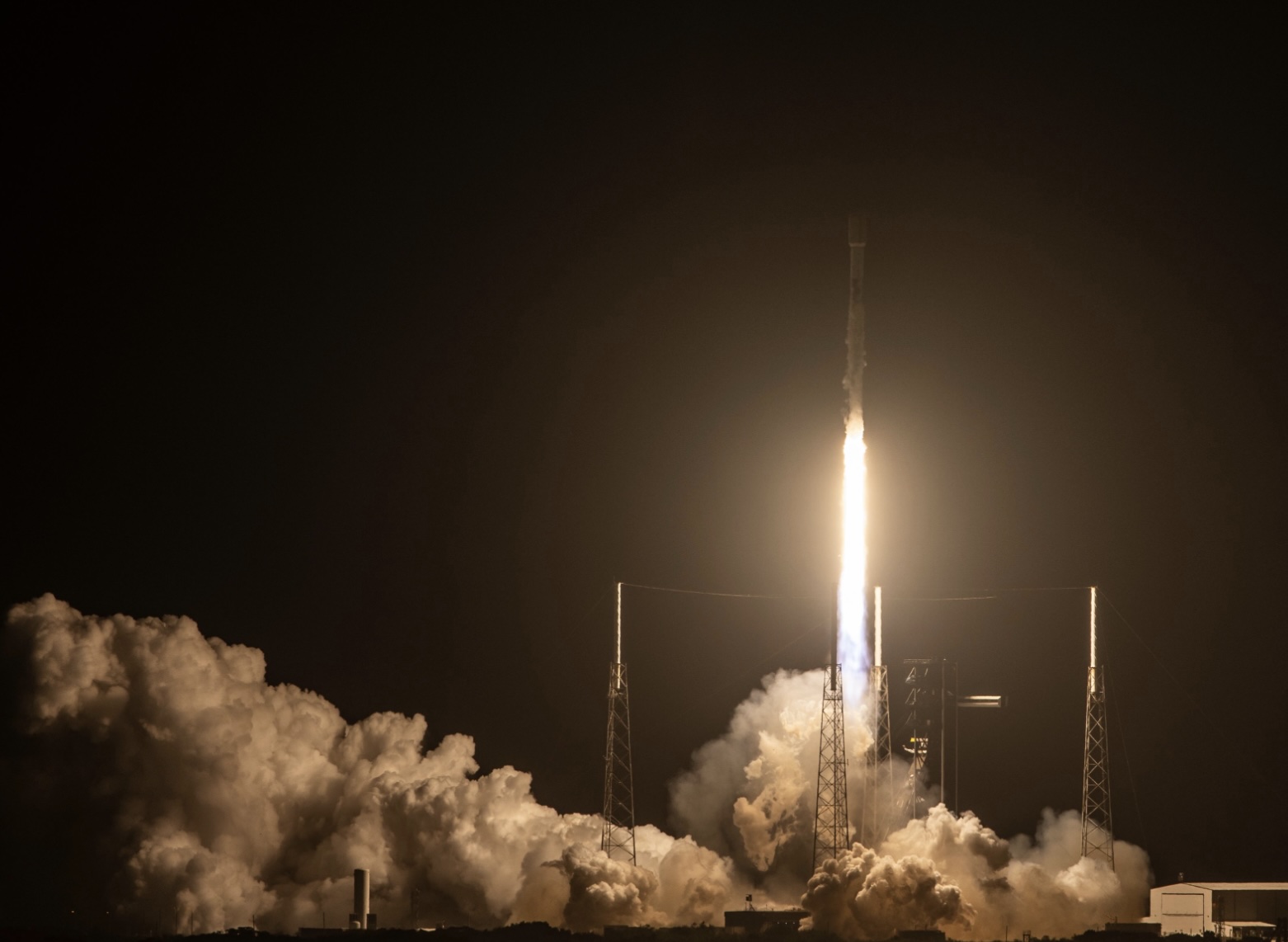
SpaceX’s Starlink constellation expanded with a Falcon 9 launch on May 6, strengthening its role in global connectivity as demand surges and competition intensifies. The recent Falcon 9 launch is called SpaceX’s Starlink 6-93 mission.
SpaceX’s Falcon 9 rocket carried 28 Starlink satellites, adding to a network of over 7,200 satellites in low Earth orbit (LEO). It lifted off at 9:17 p.m. EDT from Cape Canaveral Space Force Station’s Launch Complex-40 in Florida.
Starlink’s critical role in connectivity was evident during a historic blackout across Spain and Portugal, where a power outage exposed weaknesses in traditional telecom networks. Mobile and internet users turned to Starlink in record numbers, driving a 35% usage surge. The Iberian Peninsula’s reliance on Starlink underscored its ability to provide reliable internet access when terrestrial systems falter.
The satellite broadband market is heating up. Amazon’s Project Kuiper has been pitted against SpaceX’s Starlink and telecom giants like AT&T and T-Mobile. Kuiper’s focus on underserved rural areas is similar to Starlink’s mission. However, SpaceX’s constellation is far ahead of the competition. Global interest in satellite communications is rising, driven by strategic and commercial needs.
Geopolitical shifts are also shaping the landscape. For instance, Ukraine is exploring Starlink alternatives with the European Union, while the German military, Bundeswehr, plans to build its own constellation for independent communications. Similar to Amazon’s Kuiper project, Ukraine, the EU, and Germany’s efforts face challenges in matching Starlink’s scale and operational maturity.
SpaceX’s latest launch from one of its two Space Coast facilities reinforces Starlink’s lead in delivering broadband to remote and crisis-affected regions. The Falcon 9’s precise deployment ensures continued growth of the constellation, serving a growing base of consumers, businesses, and governments worldwide.
As global demand for satellite connectivity surges, SpaceX’s Starlink 6-93 mission highlights its pivotal role in bridging connectivity gaps. Starlink’s expansion positions it as a cornerstone of the evolving satellite communications landscape, balancing innovation with geopolitical and market challenges.
News
US’ base Tesla Model Y has an edge vs Shanghai and Berlin’s entry-level Model Ys
The new Model Y Long Range Rear Wheel Drive sounds like a bang-for-the-buck option–literally.
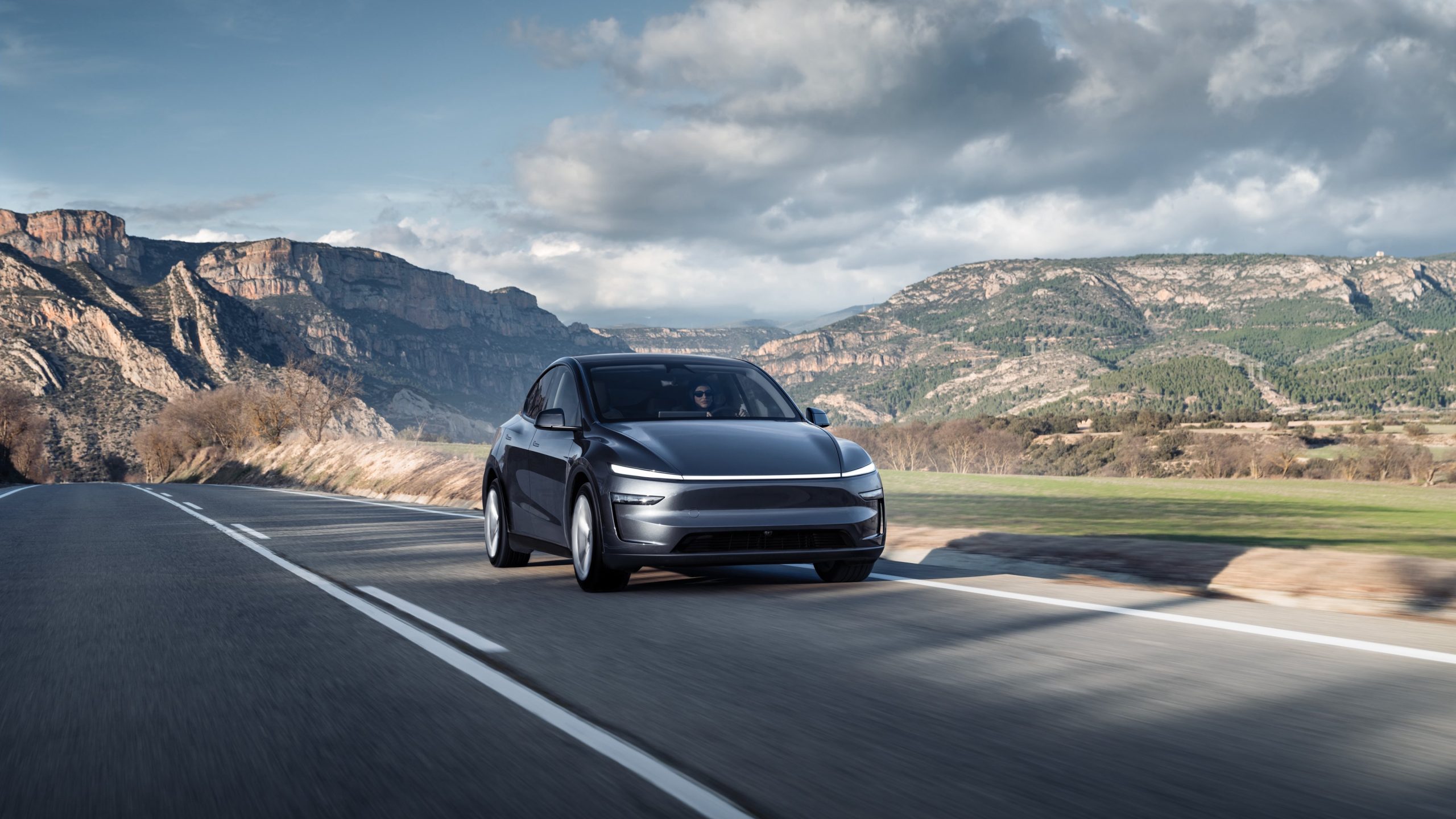
Tesla recently released the new Model Y Long Range Rear Wheel Drive (RWD) variant in the United States. While the vehicle serves as the base variant of the revamped all-electric crossover in the U.S., it has some notable differences compared to the entry-level Model Ys produced in Giga Shanghai and Giga Berlin.
New Model Y Long Range RWD
A look at the new Model Y Long Range Rear Wheel Drive’s specs shows that the base vehicle is equipped with 15 speakers and 1 subwoofer, the same as the Model Y Long Range All Wheel Drive (AWD), which costs $4,000 more before incentives. That’s not bad at all for a vehicle that effectively costs $37,490 with the $7,500 federal tax credit.
In comparison, the entry-level Model Y produced in Gigafactory Shanghai and Giga Berlin is equipped with just nine speakers. This doesn’t mean that the entry-level variants from Giga Shanghai and Berlin are fitted with a subpar sound system, of course. It just means that the sound system in the Model Y Long Range AWD is quite a bit better.
Speaker Differences
Tesla has not provided an explanation why the Model Y LR RWD produced in the Fremont Factory and Giga Texas is fitted with a better sound system than comparable models from China and Germany. It should be noted, however, that the entry-level Model Y from Giga Shanghai and Berlin are not listed as “Long Range” vehicles.
The entry-level Model Y from Giga Berlin, for example is, listed with a WLTP range of just 500 km per charge, which roughly translates to an EPA-estimated 266 miles per charge. The entry-level Model Y from Giga Shanghai, on the other hand, is listed with a CLTC range of 593 km, which roughly translates to an EPA-estimated range of 258 miles per charge. Considering that the base variants from Shanghai and Berlin are not long range vehicles, their fewer speakers make sense.
That being said, Tesla is also offering a Model Y Maximum Range Rear Wheel Drive variant from Gigafactory Berlin. This variant, which is priced at €49,990 ($56,830), features a WLTP range of 533 km, which roughly translates to 331 EPA-estimated miles. Despite its long range designation, however, it is equipped with just nine speakers, similar to its standard range sibling.
News
SpaceX secures FAA approval for 25 annual Starship launches
SpaceX scored FAA approval for up to 25 Starship launches annually. The agency found no major environmental impact, but critics remain skeptical.
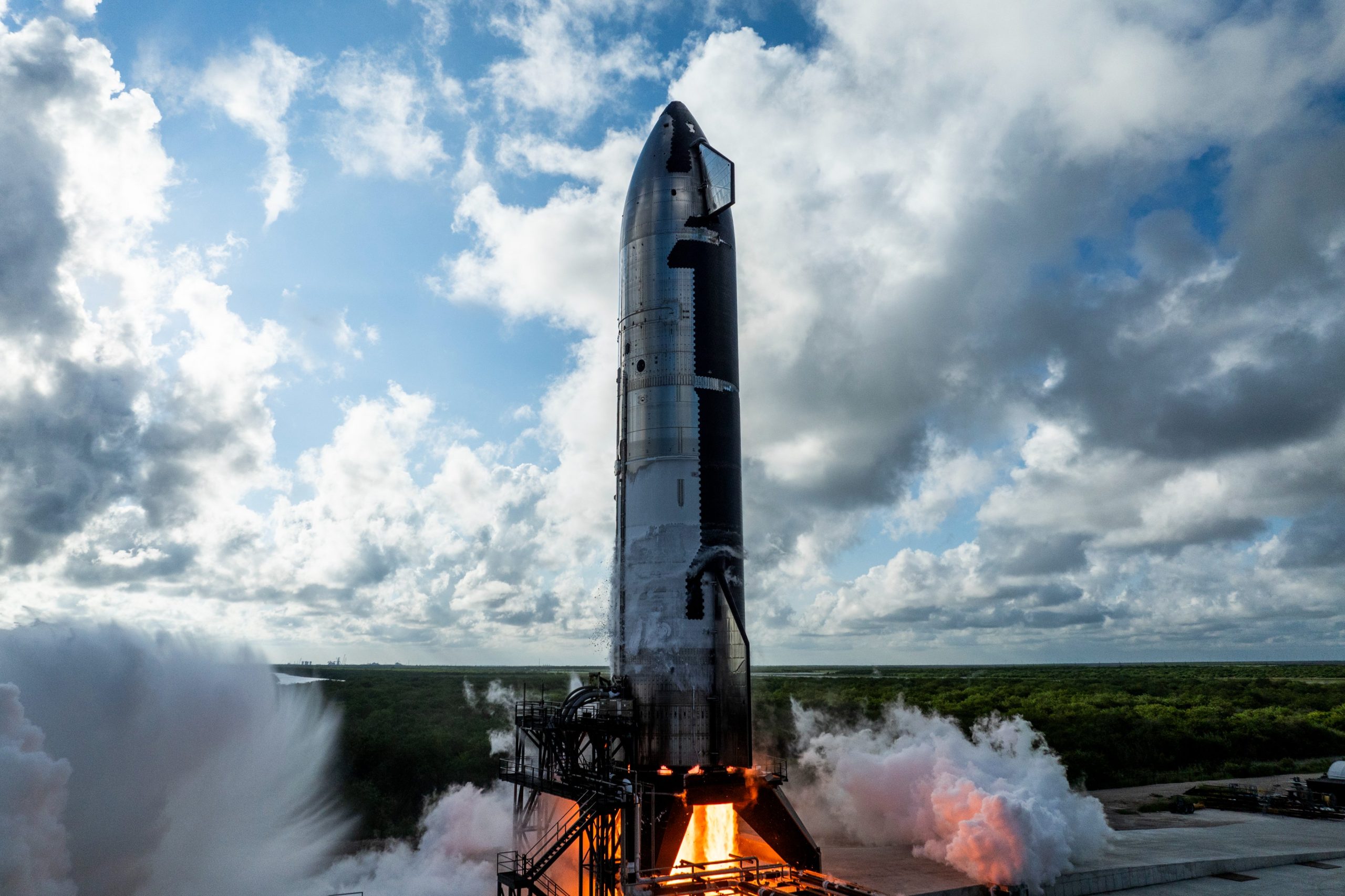
SpaceX secured Federal Aviation Administration (FAA) approval to launch and land Starship rockets and Super Heavy boosters from its Starbase spaceport in Boca Chica, Texas, up to 25 times a year. The FAA’s decision was announced on Tuesday, marking a pivotal step for SpaceX’s ambitious space exploration goals.
The FAA’s SpaceX approval is part of its ongoing license review. The agency noted that “there are other licensing requirements still to be completed,” including evaluations of policy, payload, safety, financial responsibility, and environmental impacts.“Once the evaluation process is complete, the FAA will make a determination to approve or deny the license application,” the agency added.
The FAA’s final environmental assessment concluded that SpaceX’s expanded launch plans would have “no significant impact” on the surrounding environment, defying a history of legal disputes with environmental groups.
The ruling follows a significant weekend for Starbase, where residents—mostly SpaceX employees—voted to incorporate the area as a city. Starbasee City includes a mayor and two commissioners from the aerospace company’s ranks. The FAA’s decision amplifies SpaceX’s momentum but has sparked concerns among environmentalists.
Christopher Basaldu of the South Texas Environmental Justice Network called the environmental assessment premature.
“You’re bragging about the big slot rocket in history, and then you’re also trying to claim that it makes no environmental impact; that’s impossible. So they’re lying. So what the FAA needs to do is they need to go all the way back to square one,” Basaldu said.
Basaldu highlighted potential harm to marine life, pollution risks to the nearby Rio Grande, and disruptions from noise and night operations coming from SpaceX launches.
“A lot of noise pollution. That’s not a lot of night pollution, because they try to continue working through the night, while SpaceX is going to shut down the road for half of the year.”
As SpaceX pushes to scale Starship operations, the FAA’s approval underscores Starbase’s growing role in space exploration. However, ongoing environmental reviews and local concerns signal challenges ahead, balancing innovation with ecological and community impacts.
-
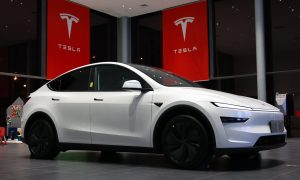
 News4 days ago
News4 days agoTesla offers legacy Model Y owners an interesting promotion
-

 News2 weeks ago
News2 weeks agoTesla is trying to make a statement with its Q2 delivery numbers
-

 Investor's Corner2 weeks ago
Investor's Corner2 weeks agoLIVE BLOG: Tesla (TSLA) Q1 2025 Company Update and earnings call
-
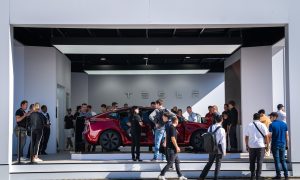
 News1 week ago
News1 week agoNY Democrats are taking aim at Tesla direct sales licenses in New York
-
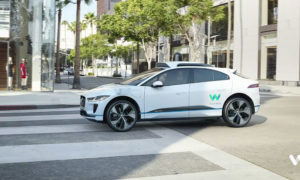
 News1 week ago
News1 week agoWaymo considers selling robotaxis to individual owners
-
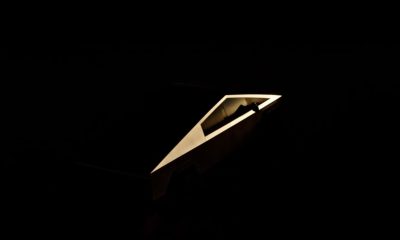
 Investor's Corner2 weeks ago
Investor's Corner2 weeks agoTesla (TSLA) releases first quarter 2025 earnings results
-
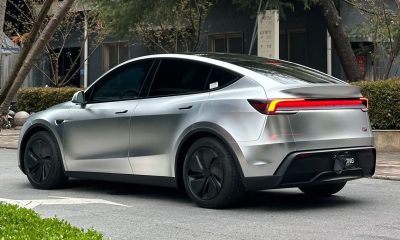
 Investor's Corner2 weeks ago
Investor's Corner2 weeks agoTesla (TSLA) Q1 2025 earnings: What to expect
-
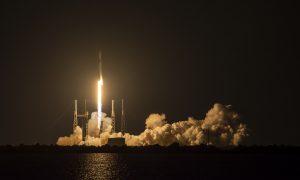
 SpaceX2 weeks ago
SpaceX2 weeks agoUkraine seeks Starlink alternatives from the EU


